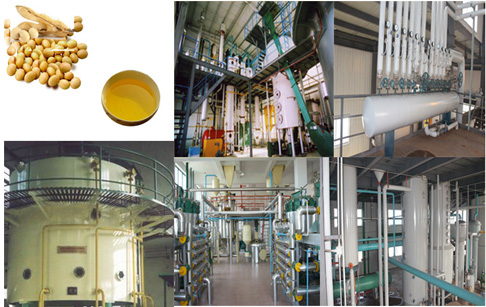
Are you running a mid-sized oil processing plant and facing recurring challenges like residual odors after deodorization, phospholipid contamination, or non-compliant emissions? You're not alone. According to industry data from the International Association of Oilseed Processors (IAOP), over 65% of small-to-mid-scale soybean oil refineries experience at least one major quality or compliance issue annually—often stemming from poor control in just four critical steps: degumming, neutralization, bleaching, and deodorization.
In degumming, pH instability (typically below 4.5 or above 6.0) leads to emulsion formation—a common cause of phosphorus residue exceeding 5 ppm, which can trigger customer complaints. For neutralization, improper temperature control (ideal range: 75–85°C) causes incomplete free fatty acid removal, resulting in off-flavors and reduced shelf life. Bleaching often fails when clay dosage isn’t adjusted for feedstock variability—leading to higher color retention (>30 R.E.C.) than acceptable standards. And deodorization? That’s where most plants lose both yield and reputation due to inadequate vacuum levels (<0.5 mbar) or excessive temperatures (>230°C), generating burnt notes and volatile organic compounds (VOCs).
| Process Step | Common Failure Mode | Recommended Fix |
|---|---|---|
| Degumming | pH drift → emulsification | Use automated pH feedback system; target pH 4.8–5.2 |
| Neutralization | High FFA content → rancidity risk | Recover heat from neutralized sludge to preheat incoming oil |
| Bleaching | Color >30 R.E.C. | Adjust bleaching clay % based on crude oil quality (start at 1.5%) |
| Deodorization | Burnt taste + VOCs >150 mg/m³ | Install thermal oxidizer with >95% destruction efficiency |
One case study from a Thai refinery showed that by implementing precise temperature control during deodorization (maintaining 220–225°C instead of 230°C+), they reduced processing time by 20%, lowered energy consumption by 12%, and eliminated odor complaints from EU buyers. These improvements weren’t accidental—they came from systematic process mapping and real-time monitoring.

Don’t let outdated practices cost you customers—or worse, regulatory penalties. Whether you’re optimizing your current setup or designing a new facility, understanding these pain points is the first step toward consistent product quality and environmental compliance.
Ready to fix what’s holding your production back? Click below to download our free “Soybean Oil Refining Error Checklist”—a practical tool used by over 300 global processors to prevent costly mistakes before they happen.
Click Download: Soybean Oil Refining Common Mistakes Checklist
